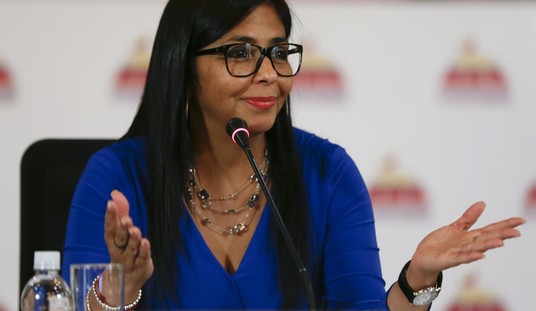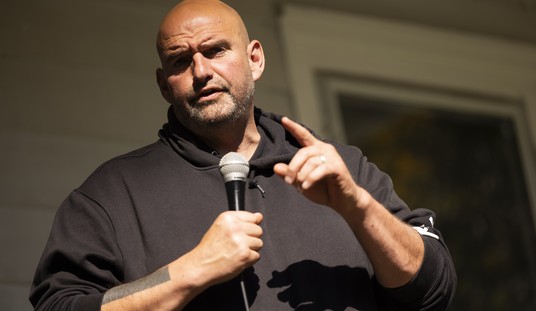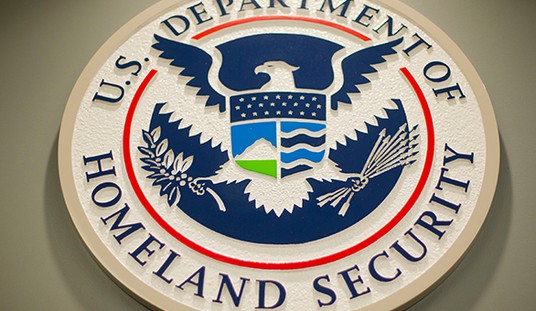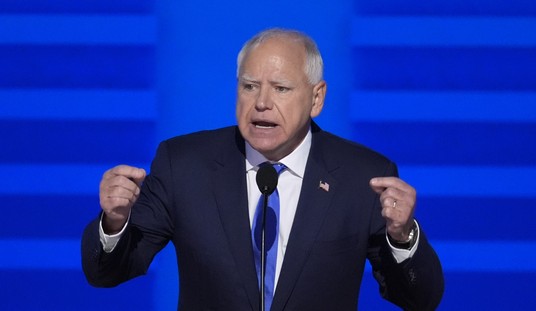Amidst the puffing, pontificating and finger-pointing in the aftermath of the Deepwater Horizon disaster, two large questions loom:
- Who will the Feds hold accountable?
- How can our government assure us that a big oil spill will never happen again?
Quick answers, with a caveat (I’m an engineer, not a lawyer):
- BP, as operator.
- They can’t, and we should not expect them to.
For background on these questions, let’s review the roles of the various companies involved, using the Deepwater Horizon as an example. As with many offshore leases, this one is jointly owned by a consortium of lease owners, or lessees, who competitively bid for the rights to explore and develop a 5,000 acre patch of the offshore. In this case, the lessees are BP, Anadarko Petroleum and Mitsui, who own 65%, 25% and 10% of the venture, respectively (IIRC). The consortium selected BP to act as operator, tasked with taking the lead with permitting, planning and executing the venture.
BP as operator contracted with numerous oil service companies who provide specialized expertise in the myriad of technical services, equipment and logistics required for the challenging goal of putting an 18,000 foot deep hole in 5,000 feet of water on their leased tract. The lead service company in this case was Transocean, the rig contractor (owner of the rig, also called a MODU, for Mobile Offshore Drilling Unit; we’ll see shortly why this is an important distinction). Other service companies include Halliburton (cement), Schlumberger (logging), MI-Swaco (mud services), plus boat companies, surveying companies, catering companies, and so on. Each has a specialized job.
BP and its partners pay for the well. BP has the responsibility to design the well, secure permits, and direct activities with respect to the well. On the rig, the operator’s instructions are conveyed by the “Company Man”, to the “Toolpusher”, the lead rig man. The toolpusher is designated OIM (Offshore Installation Manager) and as such is effectively captain of the vessel.
The Company Man may be the “hooking bull”, but the OIM holds a trump card: the safety of the vessel and crew are his responsibility.
Note that of all these parties, the only ones that have a contractual relationship with the Federal government are the lessees, with the designated operator calling the shots.
As we touched on in the comments of a thread the other day, operations on the outer continental shelf are actually in international waters. By international treaty, each country has an “Exclusive Economic Zone” which extends halfway to adjacent countries, or 200 miles, whichever is closer.
A 1953 law, the Outer Continental Shelf Lands Act, governs the Federal claim on minerals withing the Exclusive Economic Zone, and is part of the empowering legislation for Federal regulation of offshore oil and gas activity. The OCSLA reads in part:
[43 U.S.C. 1332]
SEC. 4. LAWS APPLICABLE TO OUTER CONTINENTAL SHELF.—(a)(1) The Constitution and laws and civil and political jurisdiction of the United States are hereby extended to the subsoil and seabed of the outer Continental Shelf and to all artificial islands, and all installations and other devices permanently or temporarily attached to the seabed which may be erected thereon for the purpose of exploring for, developing, or producing resources therefrom, or any such installation or other device (other than a ship or vessel) for the purpose of transporting such resources, to the same extent as if the outer Continental shelf were an area of exclusive Federal jurisdiction located within a state: Provided, however, That mineral leases on the outer Continental Shelf shall be maintained or issued only under the provisions of this Act. [emphasis added]
It’s that “other than a ship or vessel” part that’s of interest. The Deepwater Horizon was a seagoing vessel, flagged in the Marshall Islands. Transocean, the world’s largest offshore drilling company, recently moved its corporate headquarters to Switzerland. (Coast Guard regulations apply as to any vessel within the Economic Zone.)
MMS exerts regulatory authority only on the lease owner and operator, and not on the rig contractor. When the MMS inspects a rig and a deficiency is found, it is the operator, not the rig owner, who must answer the INC (Incident of Non-Compliance) from the MMS. It holds the operator responsible for BOP maintenance and testing, for housekeeping, and for personnel training and certification. This creates an imbalance, as the operator often has only one or two representatives on the rig; the operator has hired the contractor not only for the use of his equipment (as in the BOP), but also for its maintenance and expertise in the execution of drilling activities. Operators are not rig owners and are not in a position to dictate many details of rig operation, any more than they can tell a hired truck driver how to shift gears.
The same is true of other service companies who work offshore. They are not licensed by the MMS. MMS holds operators accountable for using safe, trained and certified third parties. Operators with worse than average compliance histories must meet with the MMS on an annual basis. Operators can and have lost their right to operate offshore based on a poor compliance history.
We’ve also discussed well design, and whether BP “cut corners” or otherwise contributed to the blowout with a poorly designed well plan. Design criteria for construction of wells, platforms, pipelines, and just about anything else imaginable in oil and gas are published by the American Petroleum Institute (API) as “Recommended Practices”.
The API’s Recommended Practices are developed by volunteer committees of industry engineers and scientists who are specialists within their respective fields. So to that extent, as shocking as it may be to some outsiders, industry does set its own standards.
MMS can also impose design criteria. For example, the design parameters for fixed platforms has changed recently to make hurricane survivability more likely. Well design is submitted to MMS, and checked for sufficiency by their staff engineers. It’s a lot more common for an MMS engineer to assert control over how a well is plugged, at the end of its life, than to become involved in the initial design.
Just the catalog of API standards is a 2+MB document. Standards are continually being updated to keep pace with technology and practices. It is not feasible for government to assume the role of maintaining a set of prescriptive standards to take the place of the API Recommended Practices, which would require a staff of engineers, scientists and technologists who could anticipate industry needs and write regulation ahead of the application.
Besides, for the government to set design standards would mean that they would also be accountable for the results. That will never happen.
Despite all the conspiracy theories, baseless accusations and projections of evil intent, energy companies have yet to figure out how to make money from blowouts, rig accidents and oil spills. Oil companies make money by keeping product in the pipe, and by keeping their lawyers out of the courtroom.
The only way to make this, or any heavy industry, 100% safe is not to engage in it. Judging from the way the President and his Administration are playing out their hand, that seems to be their intent.
Cross-posted at VladEnBlog.













Join the conversation as a VIP Member